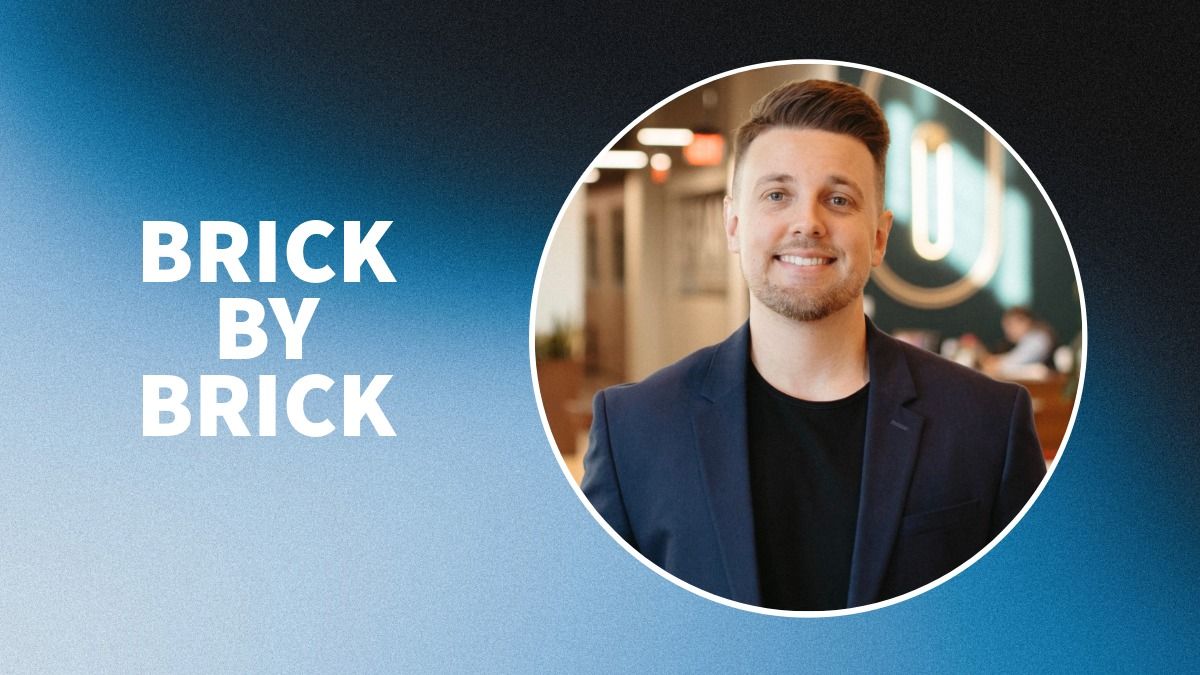If you’re a sales director, or manager, you already know you have one of the most difficult and demanding jobs in business today.
Motivating and holding your people accountable, training and coaching your team, generating reports and managing your customer relationships, putting out fires and being held responsible for hitting a company or departmental revenue goal is often a thankless role requiring long hours and all-too-frequent sleepless nights.
But why do we work so hard playing “Superman” with all the answers and solutions? Here’s a gut-check question for you: When your sales reps come to you with a problem, is your first instinct to hand them the solution, simply putting out whatever fire the rep identifies for you? Because you think doing so will save time? (That creates what we refer to as “learned helplessness” on the part of your reps.)
Or … do you look for ways to create an adult-to-adult conversation that empowers them to find their own solution to whatever issue they’re facing?
The best way to create that kind of conversation is by holding a private, one-on-one meeting. During that meeting, start by asking them to expand their horizons a bit – to give us more information about the problem they’re facing. It might sound something like this:
“That’s interesting. Can you tell me a little bit more about (X)?”
Your sales rep may not be expecting that response because they’re probably used to being handed the answer right away. Don’t be tempted to fill the awkward silence that sometimes follows; a better approach is simply to be curious and wait for the salesperson to answer back. Having your rep assume responsibility for describing the problem in more detail increases the likelihood of their assuming responsibility for understanding the problem.
After they’ve responded to this first question, we can continue with the next one:
“Can you be a little more specific about (X)? Can you give me an example?”
Again – setting aside the instinct to help them answer this question will help them assume ownership of the issue. Once they give us a response, we can continue:
“Let me ask you something. How long has this kind of issue been a problem for you?”
Translation: Have they been coming to you for help with this type of issue for a while? Typically, the answer is going to be “Yes.” Maybe we let them process that fact and quantify it in terms of weeks, months or even years. Once they’ve done that, continue the conversation with:
“What have you tried to do about that?” (Any answer.) “And did that work?” (Obviously not, because here they are trying to get us to solve the problem.) “I’m curious – how much would you say this has cost you, in terms of time spent or opportunities lost, because you were dealing with this?”
Now, if you have any familiarity with Sandler Training, you probably recognize these questions as part of a powerful interview sequence known as the Pain Funnel. This is a classic Sandler questioning sequence that delivers remarkable results when it’s used with prospective buyers. But you know what? It also delivers great results when coaching individual salespeople. In fact, it can deliver major breakthroughs in a matter of minutes. And it can change the culture of your team from “Please fix this for me” to “How can I solve this problem on my own, without always having to go to my manager?”
If all else fails, we can ask: “Just out of curiosity … what would you have done about this if I’d been out sick today?” Asking questions like these prevents “learned helplessness” and will free up more of your time to do all those things we’re responsible for, besides putting out fires that salespeople could be putting out themselves.
Jim Marshall is the founder of Sandler Training of Tampa Bay, which provides sales and management training and coaching to high-achieving companies and individuals. Contact him at 813.287.1500 or [email protected].













